

Learn about water density with this fun eggsperiment using colored dye and sugar. Steps to follow: Fill 4 glasses with water. Leave the 5th glass empty. Add 2-3 drops of colored dye to each glass of water. Add red colouring to the first glass, yellow to the second, green to the third, and blue to the fourth. In the glass with red colouring, do not add any sugar. In the yellow glass, add one tablespoon of sugar. In the green glass add two tablespoons of sugar. In the blue glass add three tablespoons of sugar. Leave the fifth glass empty. Stir the sugar/food colouring/water solution in each glass until the sugar is completely dissolved - you can use warm or room temperature water to speed this up and make sure all sugar is dissolved. Using the pipette or baster, fill the empty 5th glass ¼ full with the blue sugar solution, then add ¼ of the green solution which should sit on top. Then add ¼ of the yellow solution, then ¼ of the red solution to finish. Go slowly, making sure the different layers don’t mix into each other. You should have created a rainbow!
What you need: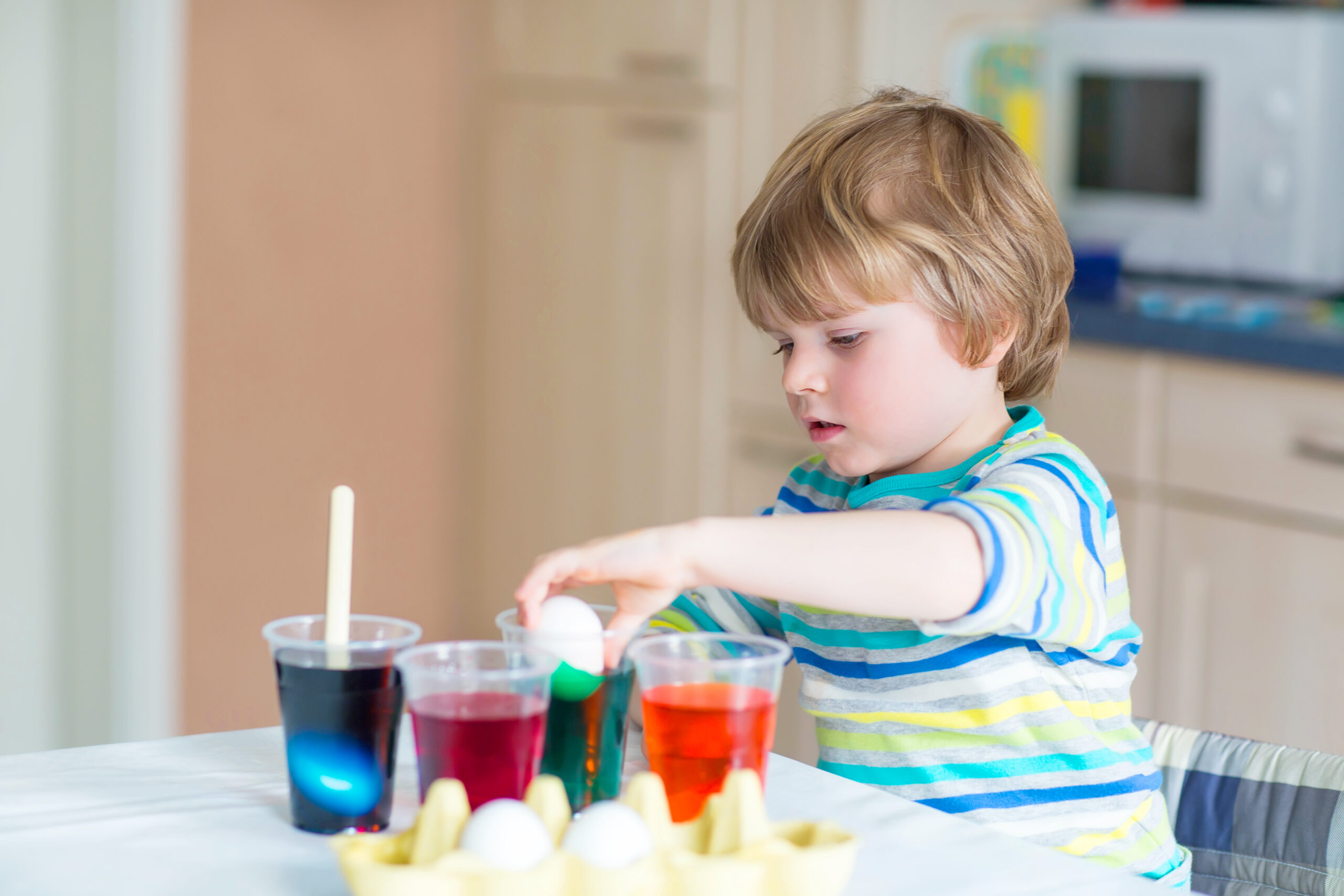
Place Oil and baking soda in a jar and then in a separate cup mix a small amount of Vinegar and liquid Dye. Pour the Dye mixture into the oil mixture and watch the bubbles begin to activate your lava lamp. Vinegar and Baking Soda create Carbon Dioxide which is what the bubbles are and they want to escape. Once they hit surface and pop the vinger travels back down because it is heavier than oil and the reaction starts all over.
What you need: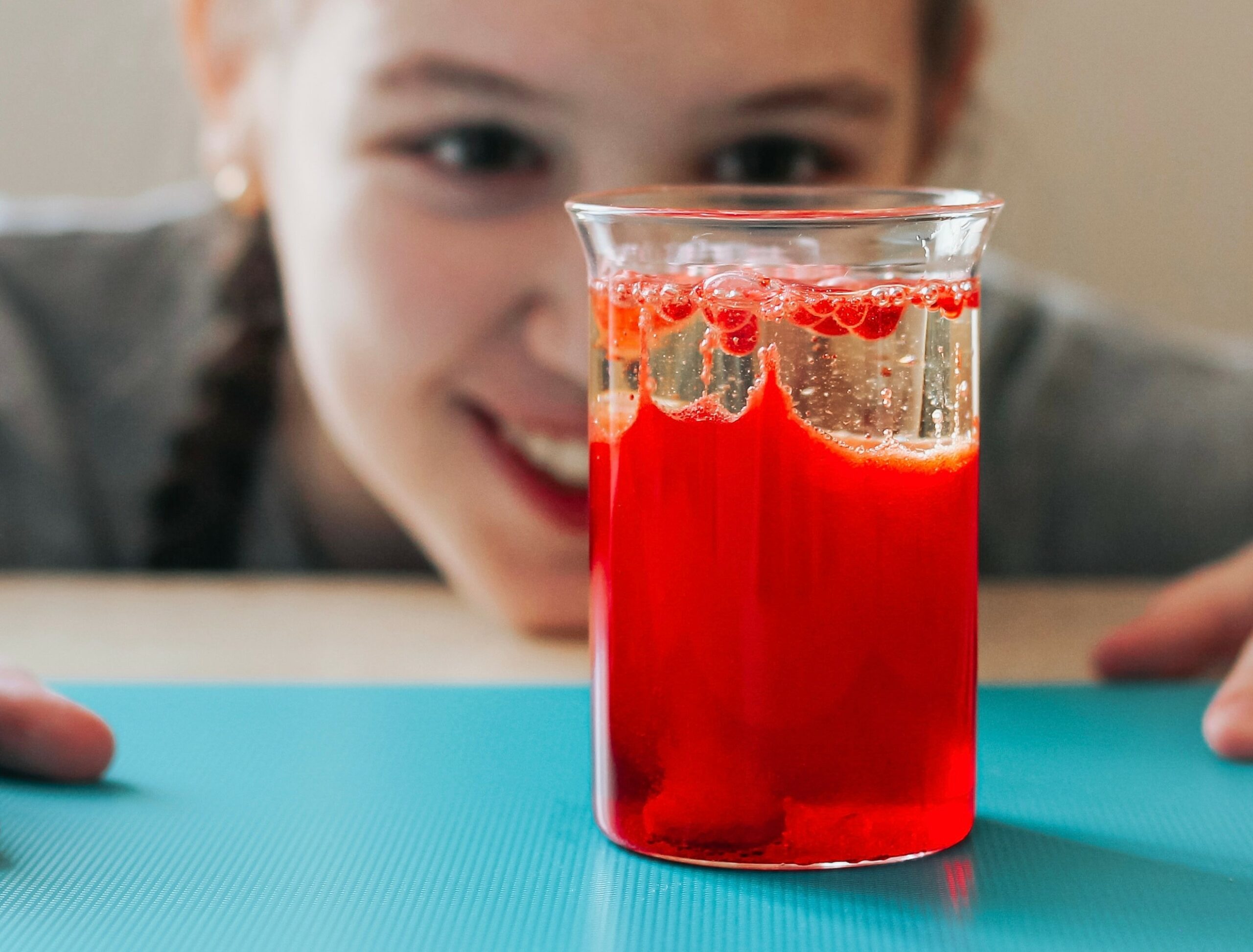
Pour water into the three large containers. Using food dye, turn the water to the three primary colors, blue, yellow and red. (Two or three drops will do just fine.) Let your child fill their small container with the color of their choice. Then, using a scoop or spoon, let them add a different color to the same jar. The look on their faces when it turns a completely different color is priceless!
What you need: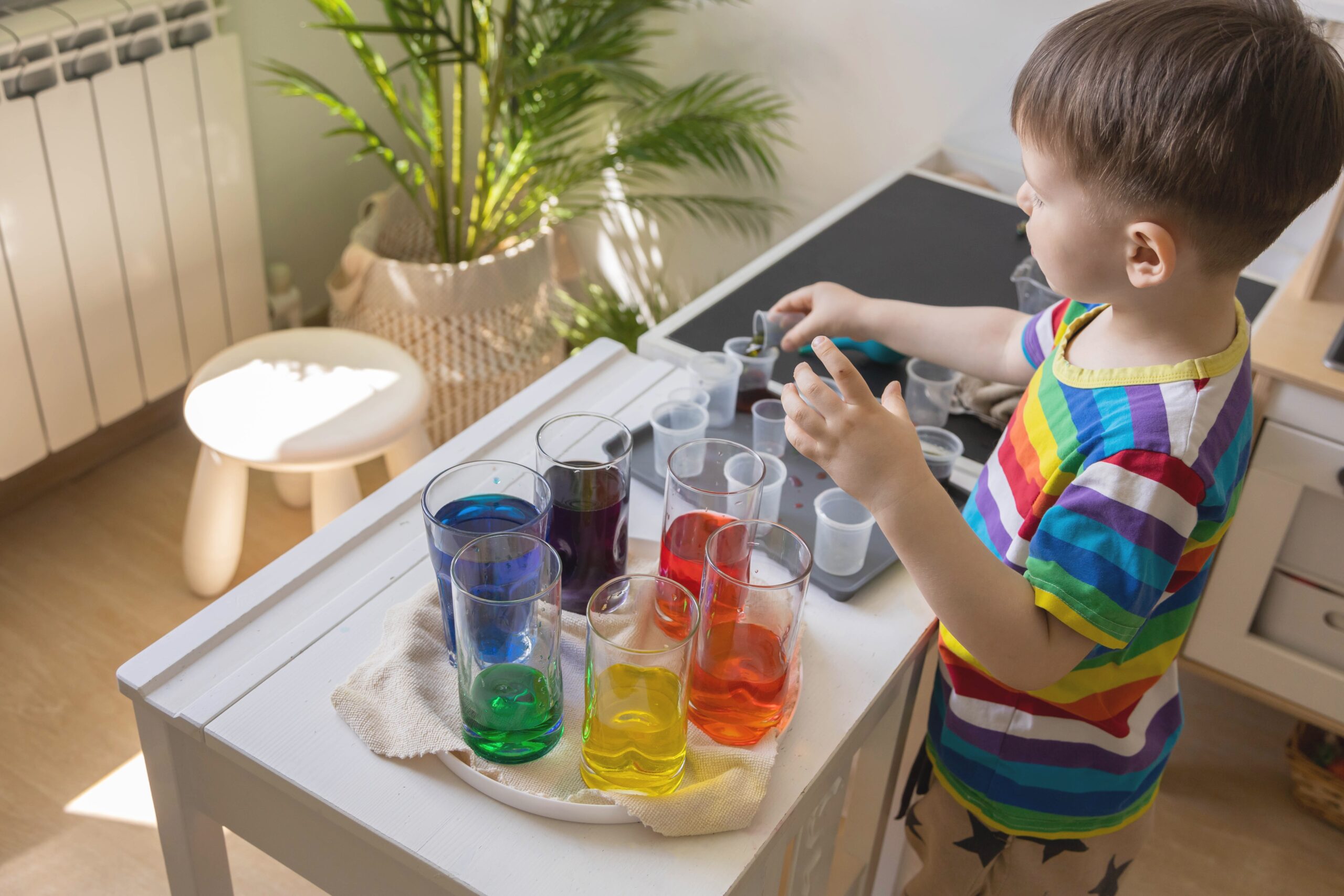
Choose the colors you want to mix. We did red and yellow, blue and yellow, and red and blue. Fill a jar for each color and add food coloring. You will need an additional empty glass of the same size for each pair of colors. Cut a paper towel in half and then fold it into quarters lengthwise. Stick one end of the paper towel into the colored water and one end into the empty jar. Thanks to capillary action the water moves or “walks” up the paper towels into the empty jar. The middle jar fills up with water until the water levels of all the jars are equal. When you start with primary colored water in the jars it also turns into a cool coloring mixing lesson.
What you need: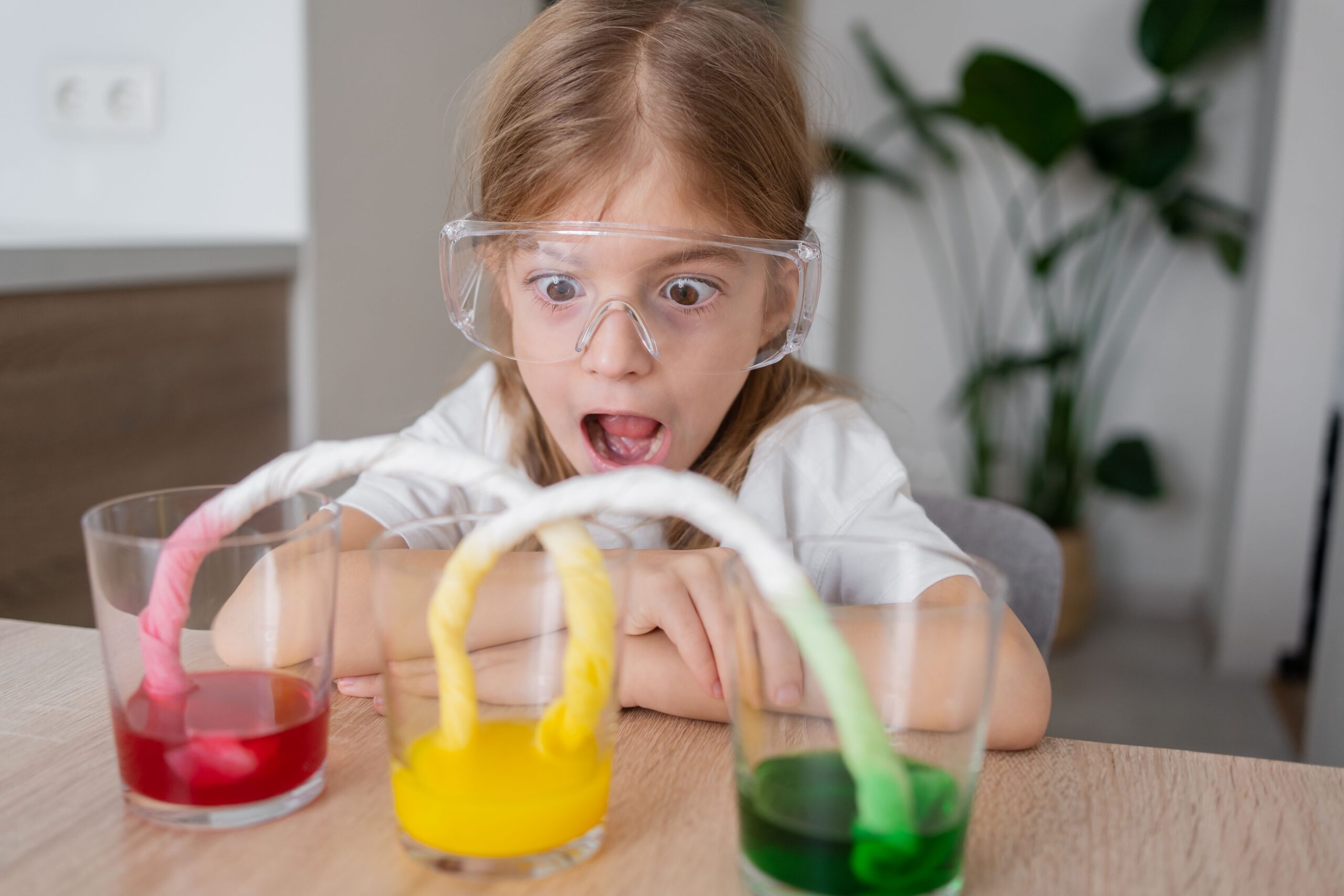
Shows kids how clouds hold on to moisture until it gets too heavy, then, it releases it all in a big gush of rain! Shaving cream represents clouds in the air. The water represents the air that we breathe and the atmosphere. The colored rainbow water represents rain. Just like a real cloud, when the shaving cream “cloud” gets too full of colored water, it “rains” the liquid down into the jar just like real clouds rain water back down to earth. Add a few drops of food coloring in as many rainbow colors you can find (i.e. red, orange, yellow, green, blue, purple) into a small bowl or cup for each color. Add a little bit of water to dilute it, but not too much to keep the colors vibrant. Add a pipette into each bowl of food coloring. (Tip: You can substitute food coloring with your unused PAAS egg dye). Fill your vase or mason jar about 3/4 full of water. Add shaving cream on top. Now you can start dropping your “raindrops” into the vase or jar. The drops will slowly make their way through the “clouds” into the water. If you find they are not dropping down, you can also push the pipette a little bit more into the shaving cream (but be careful not to push too far or you’ll end up in the water).
What you need: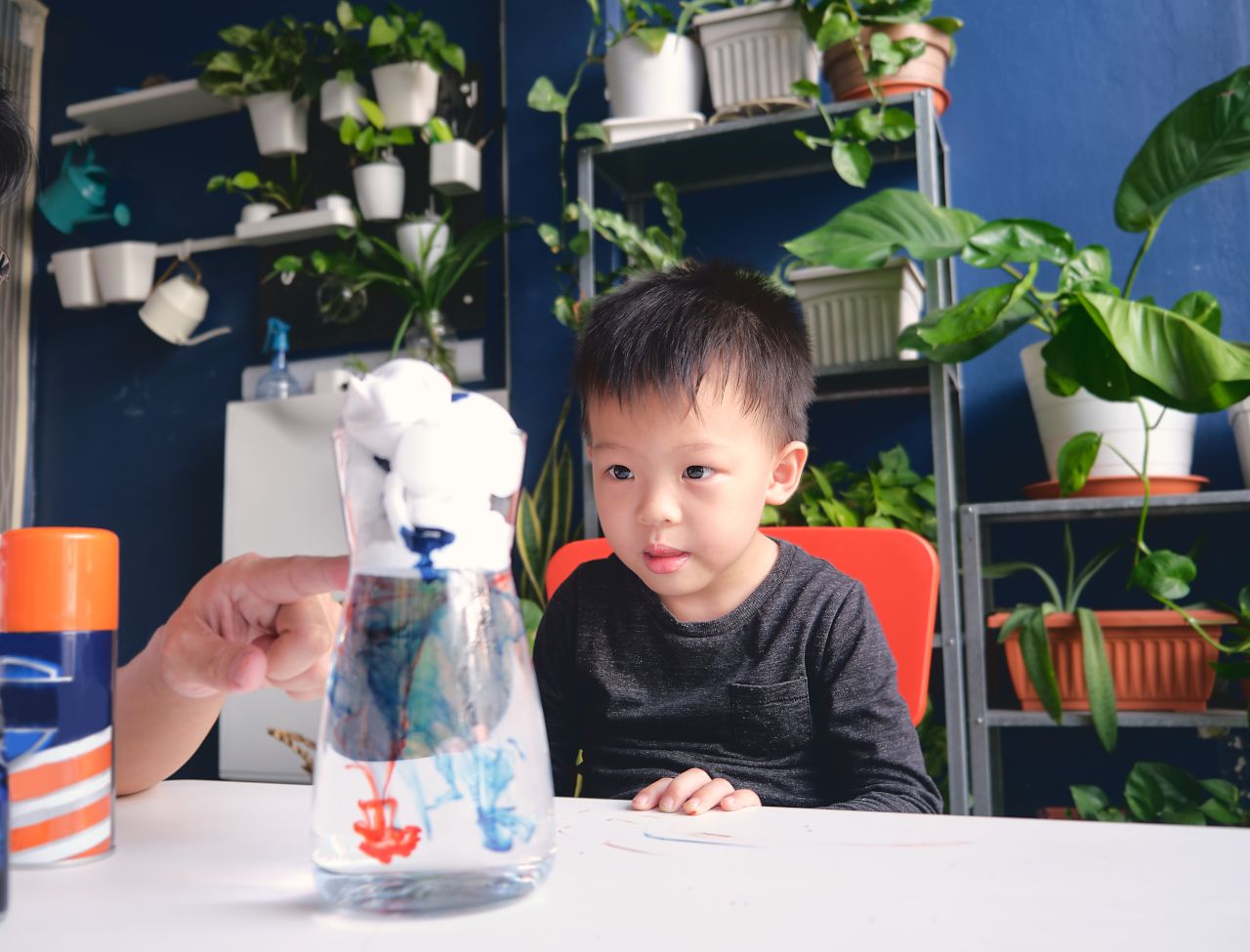
Place a raw egg in shell carefully in a clear jar or cup. Add vinegar, Pour enough vinegar in the cup to completely submerge the egg. Add in a few generous drops of food coloring and stir gently. Now Wait 72hrs!
Observe the eggs each day. The vinegar will dissolve the egg shell over the course of several days. As the shell dissolves it will begin to bubble. After 3 days remove the egg from the vinegar and place it in a bowl of water. Gently rub away the shell to reveal the membrane that lies just below it. Now you can Bounce your egg…but not too hard! The egg will now be bouncy and rubbery but it is still raw on the inside. Press it and bounce to test just how rubbery it is but beware, it will still break! Make sure you break at least one to see what the egg looks like inside!
What you need: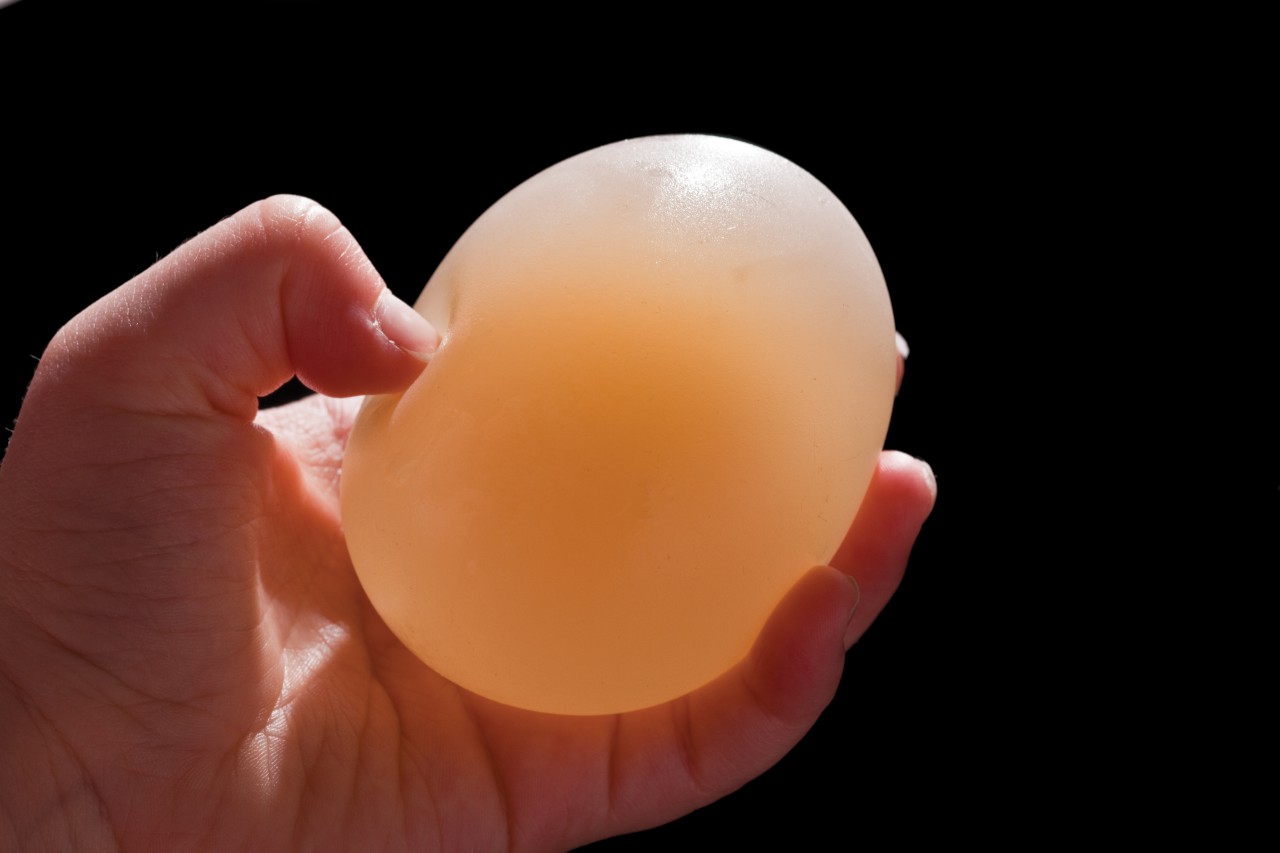
*Use 40ml of water, not vinegar